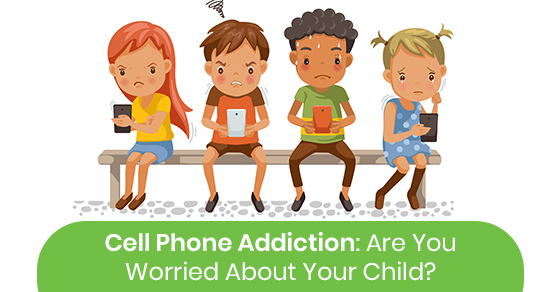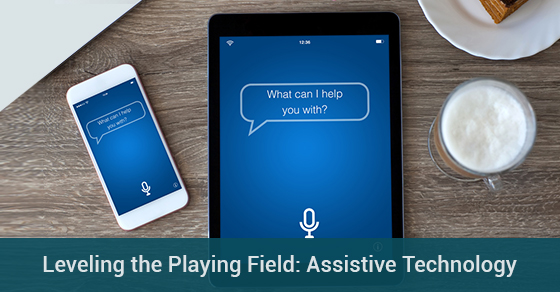It’s a new school year, and parents and students are filled with hope, purpose, and—let’s face it—a bit of healthy skepticism. Families and teachers know that school goals are like New Year’s resolutions: They tend to start out strong and fade fast.Students with learning challenges often cope with high levels of anxiety, and repeated failure can make those struggles worse. How can you help your child set and reach important milestones without inciting stress or trampling their self-esteem?
Find Your System
Whether their goals are academic, social, or athletic, it might be time for your student to flip the script. Instead of asking what they want to achieve, students should think about what they are willing to sacrifice in order to get there.James Clear, creator of The Habits Academy and author of Atomic Habits, observes that everyone wants a gold medal, but few want to train like an Olympian. “Goal setting,” he writes, “is not about choosing the rewards you want to enjoy, but also the costs you are willing to pay.”
Clear also emphasizes the importance of systems in the achievement of goals, and likens the process of working toward a desired outcome to that of rowing a boat. “If the rudder is your goal, then the oars are your process for achieving it. While the rudder determines the direction, it is the oars that determine your progress. … You’ll never get anywhere just by holding the rudder. You have to row.”
Prune Goals, Form New Habits, Track Progress
He advises eliminating multiple goals that compete for time, resources, and attention, and focusing on a central milestone. Create a plan with your child that includes specific behaviours and when, where, and how they will perform them. For example, if their goal is to get a B in math, they might plan to take a short practice test every night at their desk before watching Netflix, or make a point of reciting multiplication tables in the shower before they leave for school. An implementation strategy helps people take an idea and turn it into a process that results in real progress.
Clear suggests that measuring progress provides evidence that motivates further achievement, so find a way to track a student’s efforts that will demonstrate improvement. How many push-ups did they do? How many problems did they finish? “Measure to see if you are showing up,” he writes. “Measure to see if you’re actually spending time on the things that are important to you.”
Enlist Your Environment
Creating an environment aligned with goals is also critical. Clear observes that “many of the decisions we make in our … lives are shaped by the options that surround us.” For example, if a student keeps a water bottle with them throughout the day, they are more likely to take a healthy drink of water than go hunting for soft drinks. If they leave their cellphone beside their bed, they will be inclined to check than read 20 more pages of a novel. This “choice architecture” can help your student stick with their goals by providing a positive set of options.
Need more support? Contact us to learn how we help our clients establish their plans, define their objectives, find their own solutions, and follow those plans to completion.
')}



